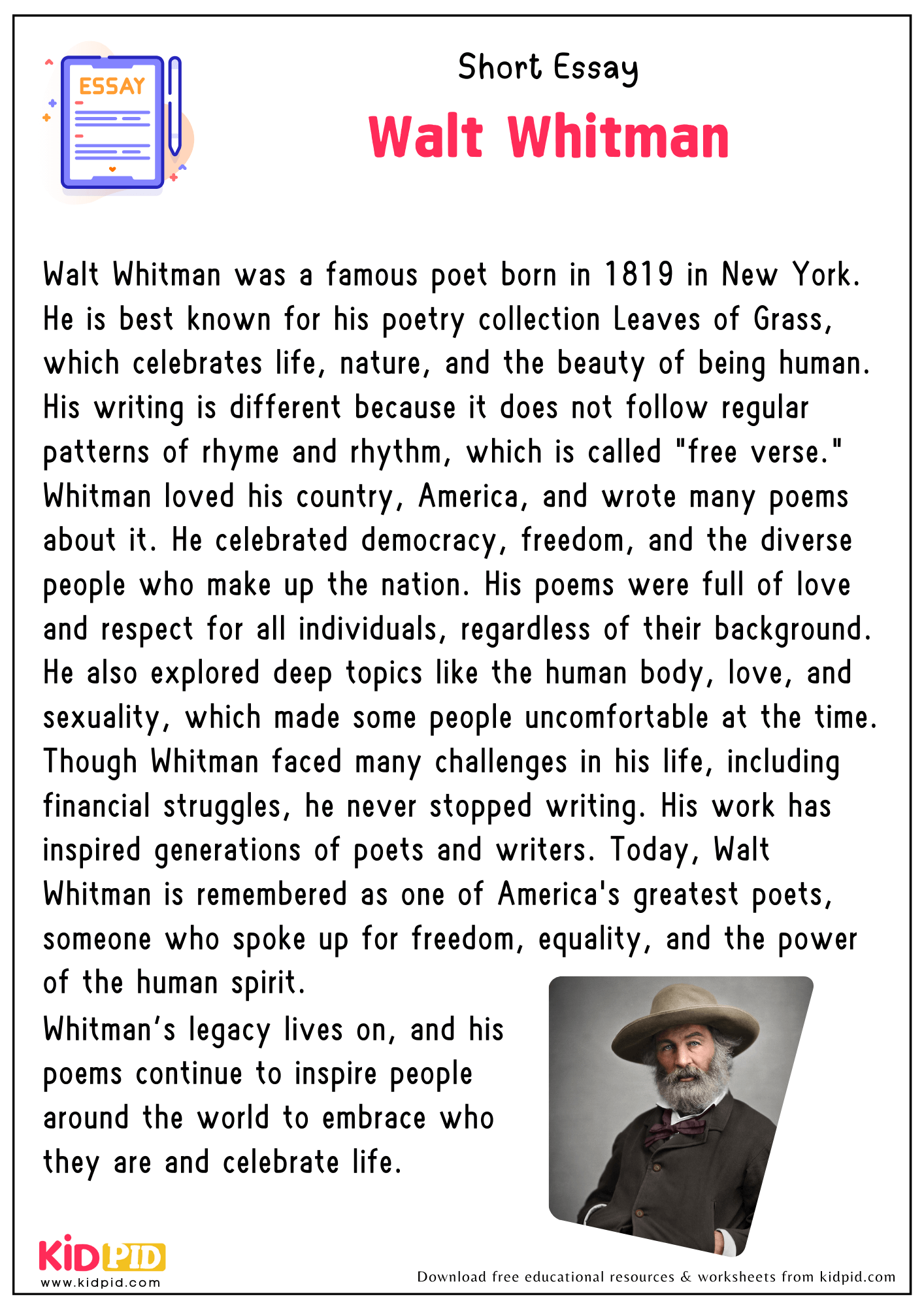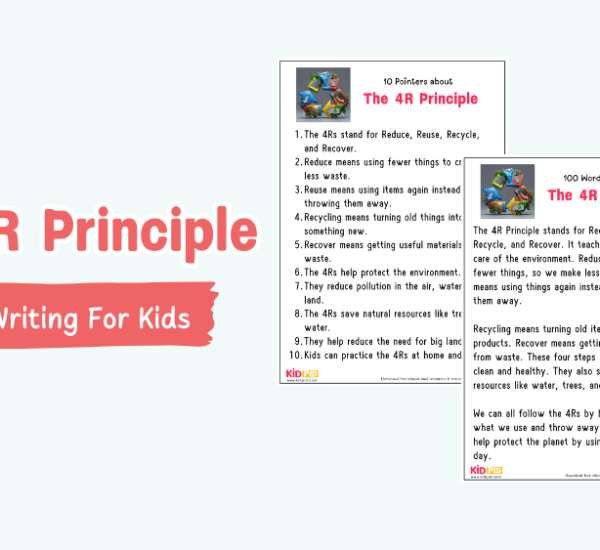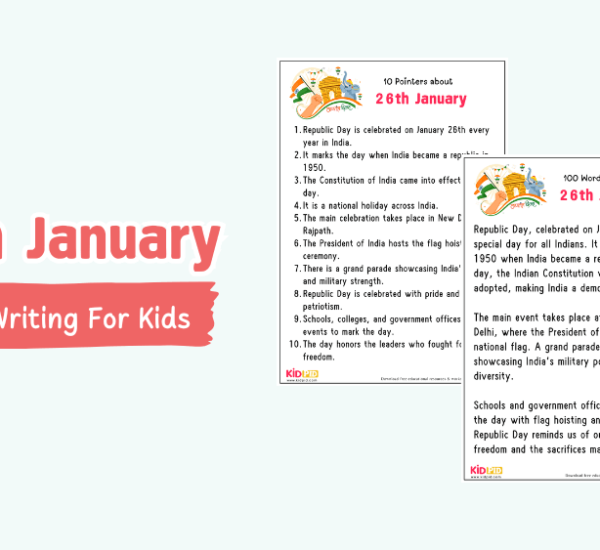John Lewis, a fearless civil rights leader and U.S. Congressman, championed justice, equality, and nonviolence, leaving a lasting legacy of hope and inspiring generations to fight for a better future.

10 Points On The Topic “John Lewis”
- Born February 21, 1940, Troy, Alabama.
- Key figure in civil rights movement.
- Organized sit-ins as a teenager.
- Participated in Freedom Rides against segregation.
- Spoke at 1963 March on Washington.
- Fought for voting rights, Voting Rights Act.
- Served Georgia Congressman from 1987-2020.
- Advocated nonviolent protest, encouraged others.
- Remembered as a hero for justice.
- Inspired generations to fight for rights.
Short Essay On John Lewis
John Lewis was a remarkable leader born on February 21, 1940, in Troy, Alabama. He became a prominent figure in the American civil rights movement, dedicating his life to fighting for justice and equality. As a young activist, Lewis organized sit-ins to challenge segregation in restaurants. His courageous spirit led him to participate in the Freedom Rides, where he helped end segregation on public transportation.
One of his most notable moments came during the March on Washington in 1963, where he spoke alongside Martin Luther King Jr. about the importance of civil rights. Lewis played a vital role in the passage of the Voting Rights Act of 1965, ensuring that all Americans could exercise their right to vote.
In 1987, he was elected as a U.S. Congressman for Georgia, where he continued to advocate for peace and justice. Lewis believed in nonviolent protest and inspired many with his message of hope. He passed away in 2020, but his legacy lives on. John Lewis will always be remembered as a hero who encouraged people to stand up for their rights and work towards a better future.
Questions Based On The Essay On John Lewis
Q1. When was John Lewis born?
Ans. February 21, 1940.
Q2. What movement was he a leader in?
Ans. The American civil rights movement.
Q3. What did he organize as a teenager?
Ans. Sit-ins to protest segregation.
Q4. What were the Freedom Rides?
Ans. A challenge to segregation in public transportation.
Q5. What significant event did he speak at in 1963?
Ans. The March on Washington.
You may like these:
Essay – Harriet Tubman: Underground Railroad MVP

Courageous abolitionist and Underground Railroad hero, Tubman risked her life to free enslaved people, embodying resilience and the fight for freedom and equality.
Essay – Walt Whitman: Poet, rebel, beard enthusiast

Celebrated American poet, Whitman revolutionized literature with Leaves of Grass, capturing the spirit of democracy, nature, and the human experience in free verse.
Essay – Jackie Joyner-Kersee: Jumping, sprinting, breaking records daily

Legendary track and field athlete, Joyner-Kersee dominated the heptathlon and long jump, breaking records and inspiring generations with her determination and excellence.
Essay – Misty Copeland: Pirouetting past barriers with grace

Trailblazing ballet dancer, Copeland shattered barriers as the first African American female principal dancer at ABT, redefining classical ballet with her artistry and advocacy.
Essay – FDR: New Deals and wheelchair wheels

Visionary U.S. president, FDR led the nation through the Great Depression and WWII, implementing the New Deal and reshaping American politics and society.







